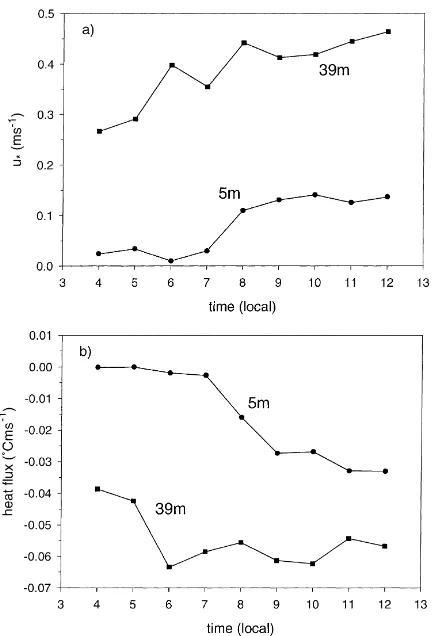Directory UMM :Data Elmu:jurnal:A:Agricultural & Forest Meterology:Vol101.Issue1.Maret2000:
Teks penuh
Gambar
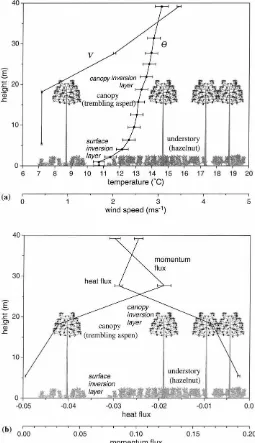
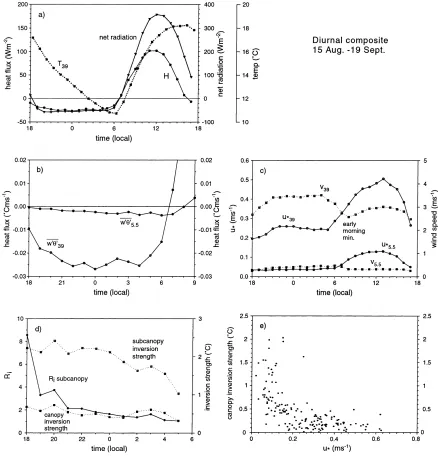
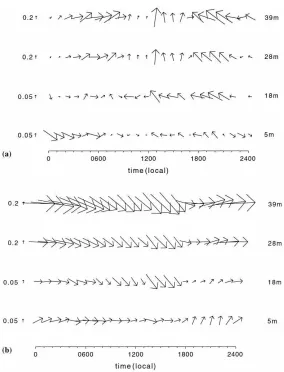
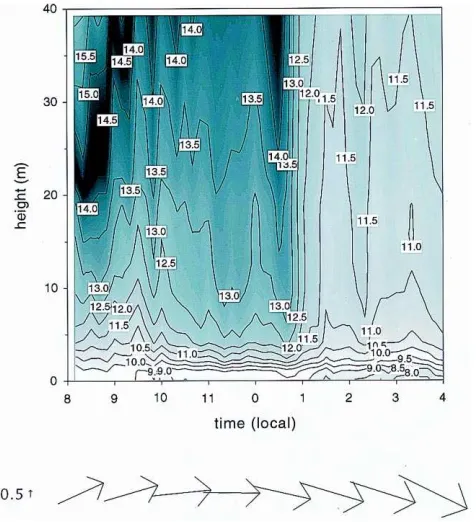
Dokumen terkait
Using a whole year’s worth of data, soil heat flux was estimated by a two-step version of the null-alignment method using soil temperature, water content and bulk density
In Table 1a, 1b and 1c we present the values of effective scintillometer height associated with each method, the corresponding time average value of sensible heat flux as well as
Relationships between sapwood area (m 2 ) and tree basal diameter (m) for cottonwood and willow are shown in Fig. 6 mm per day in young forest.. fremontii ) located on primary
An area-average soil heat flux from the array is compared with a set of three measurements from a standard micro-meteorological station judiciously positioned to obtain
Soil, mulch, and air temperatures were measured with fine-wire thermocouples, the sensible heat flux was determined with an air renewal model from the cubic structure function
The daytime (07:00–18:00 hours) 20 min and hourly latent heat flux values, average evaporation for the earlier mentioned three periods and evaporation on individual days were
The measurements showed that approximately 80% of the incoming net radiation was used as latent heat, reducing to a value between 71 and 76% in the summer months of 1995 and 1996
The objective of this study was to develop a footprint climatology at the FACTS-1 site based on 25 years of data and to use it to estimate potential control ring contamination
